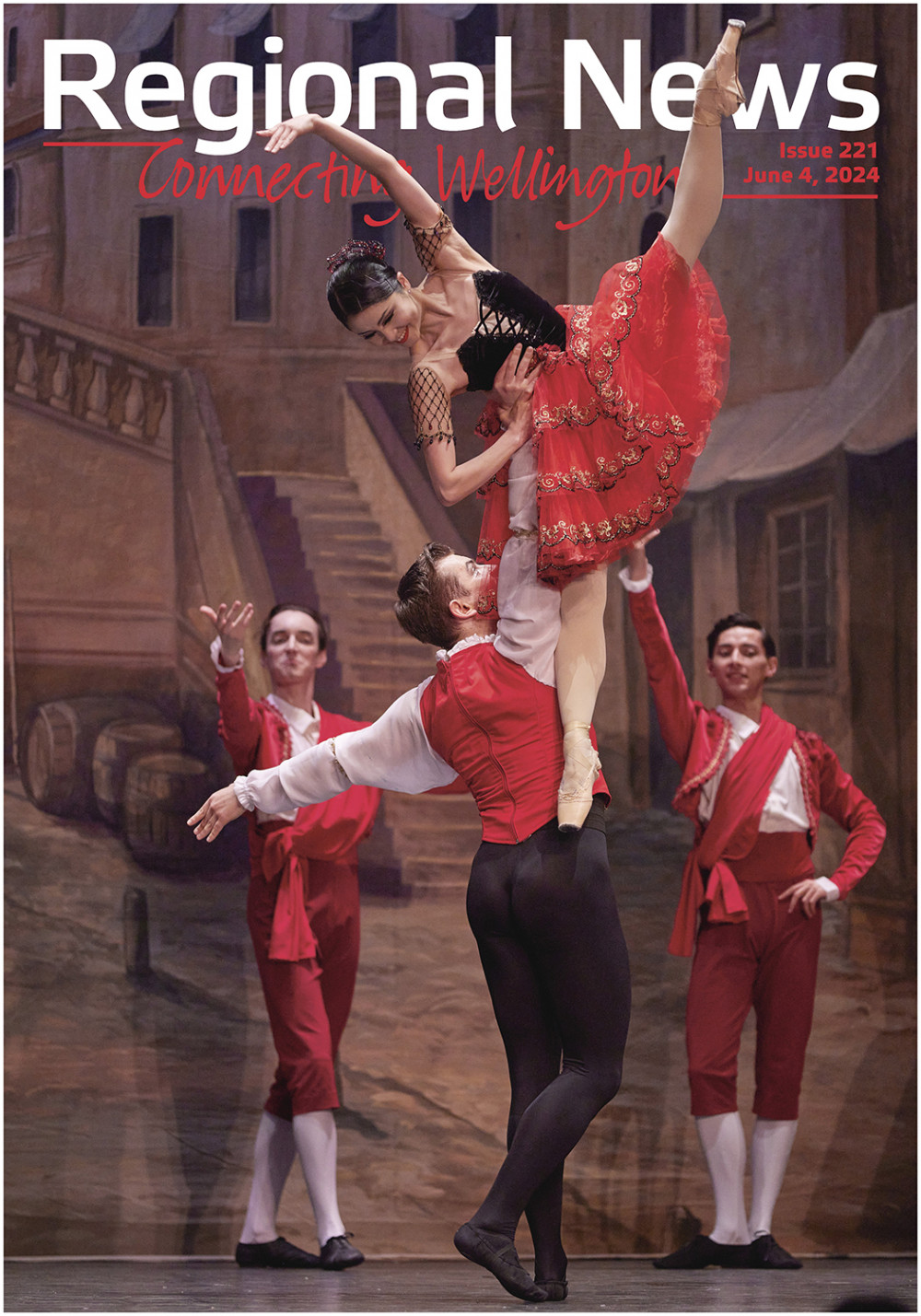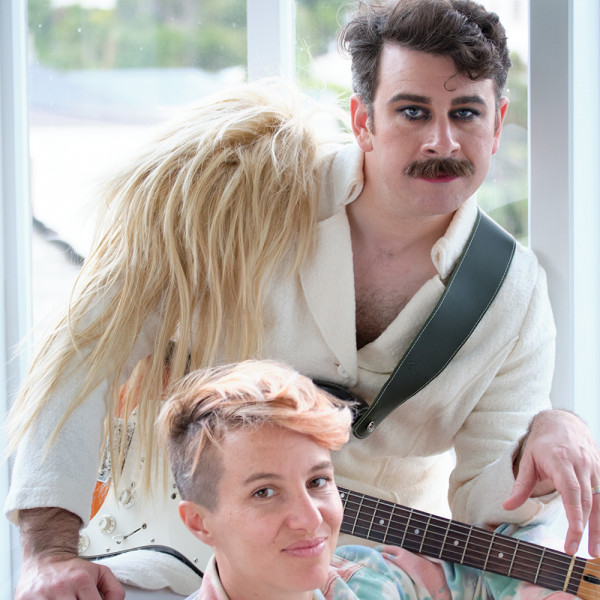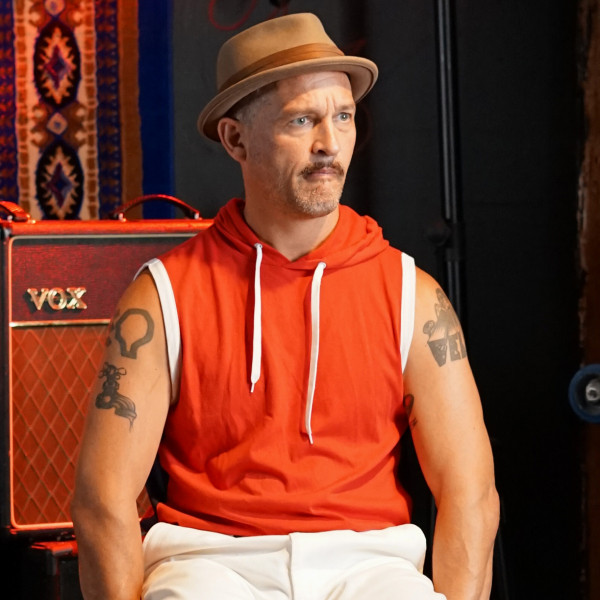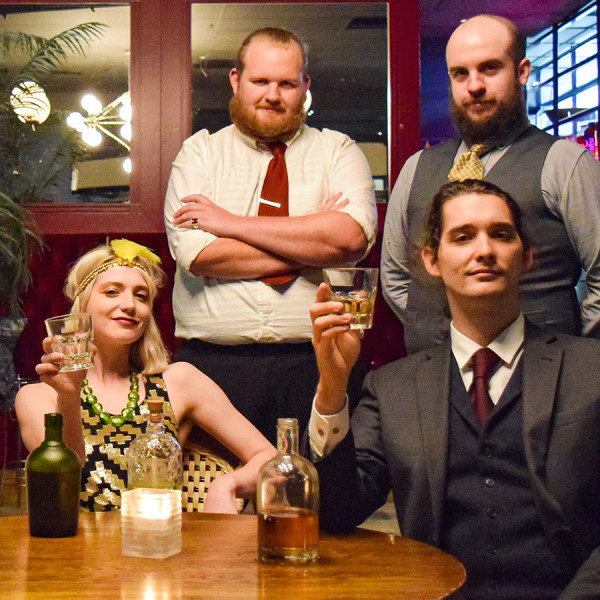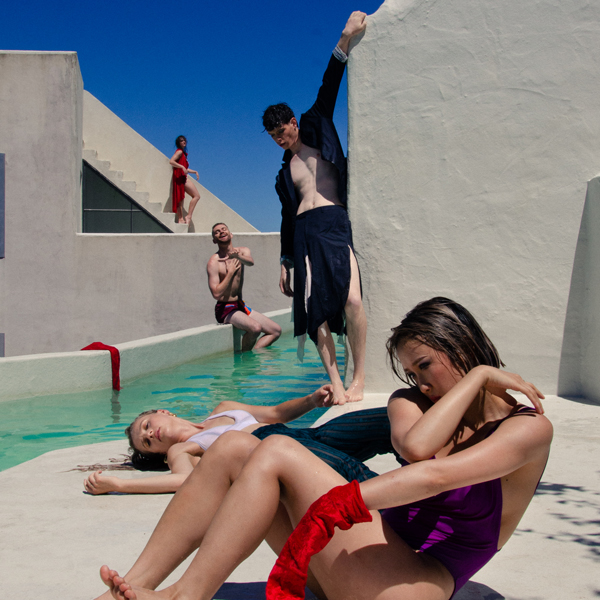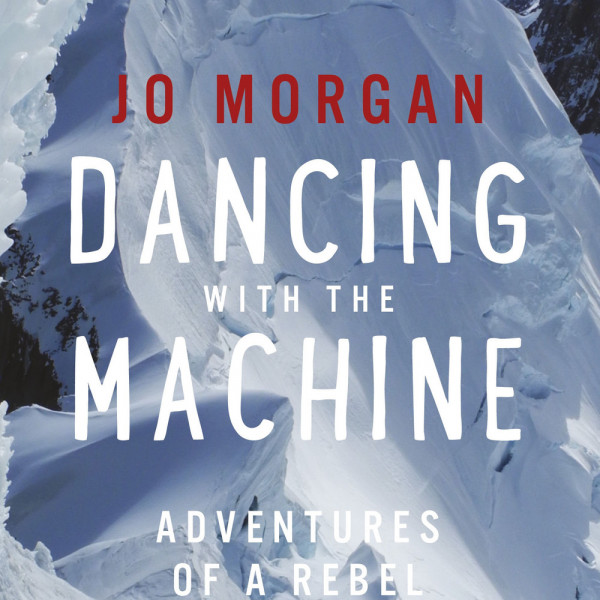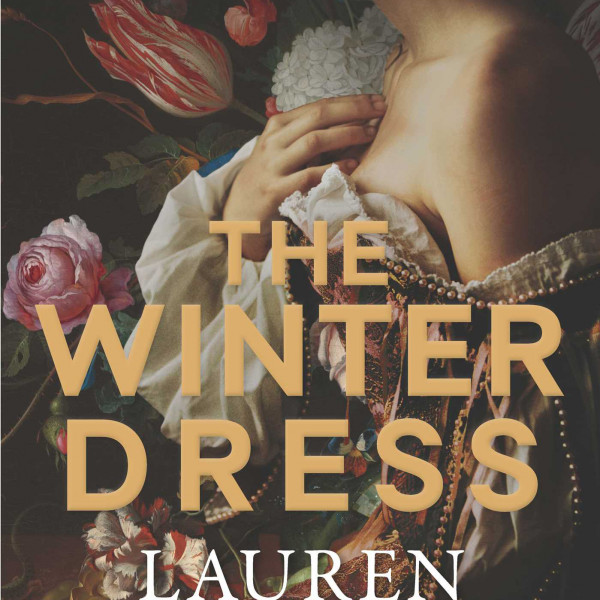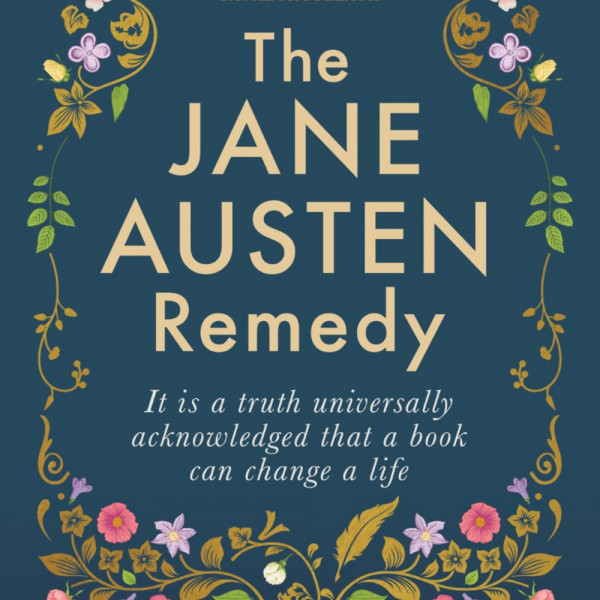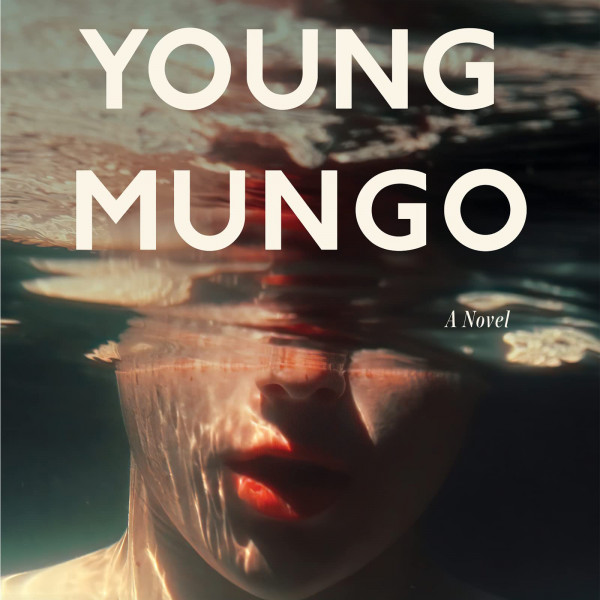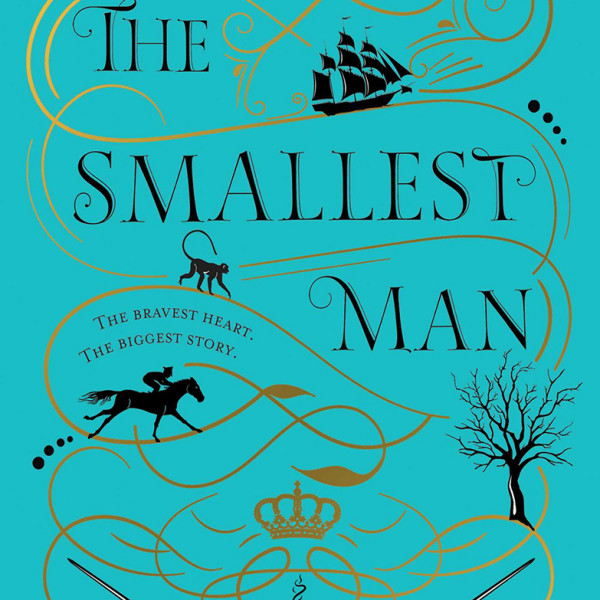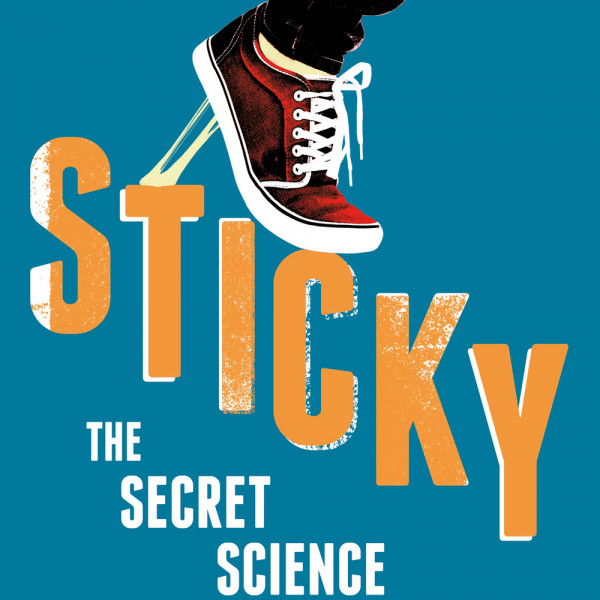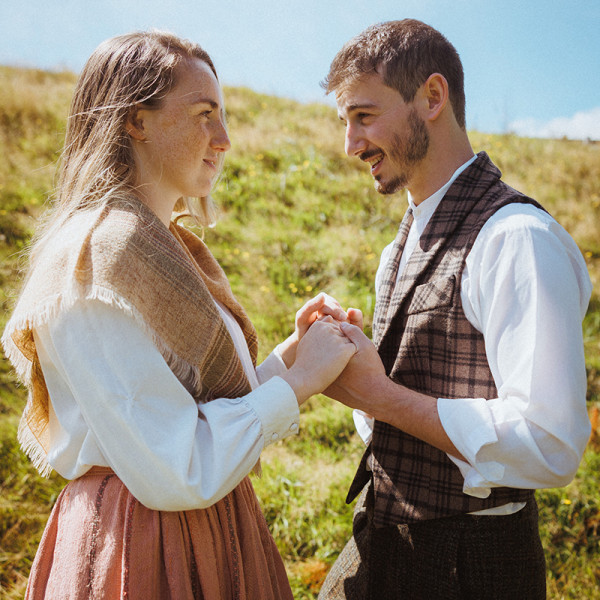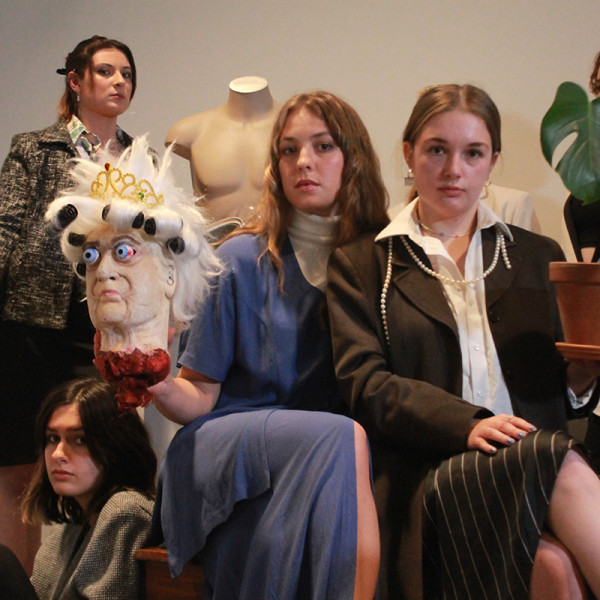
Sublime Interludes
Created by: Bjӧrn Åslund and Tabitha Dombroski
Circa Theatre, 26th May 2022
Reviewed by: Leah Maclean
Sublime Interludes is created and performed by recent New Zealand School of Dance graduates Bjӧrn Åslund and Tabitha Dombroski, and it had its first staging in the 2022 New Zealand Fringe Festival. Through a minimalist set and evocative choreography, the work seeks to explore the highs and lows of human existence in a raw and unrefined way. The hour-long performance is a hypnotic journey through varying types of fear and anxiety, from the feeling of isolation, hopelessness, loneliness, to the ultimate battle or acceptance of those demons.
Åslund and Dombroski make a striking choreographic pair. Through closely danced duets and physicality they convey an impressive sense of one another’s presence and movement story. There is something special about a duo on stage, which allows more opportunity for the audience to understand and get to know the artists behind the work. For the emotionally charged and vulnerable purpose of Sublime Interludes, this is an ideal composition.
The dancers shift seamlessly between moments of serenity and soothing patterns then into extreme hyperactivity, which successfully emphasises the unpredictability of depression and anxiety. While they are both lovely to watch, their strength as performers shines in the more tender and balletic sequences. They easily create eloquent shapes with their bodies and leap deftly across the stage, highlighting elements of classical training.
Despite tackling a heavy theme, the creators ease the load by interweaving elements of humour and lightheartedness. In one scene, Åslund and Dombroski leap and spin across the stage, with large smiles on their faces to the tune of Baby Shark. And at the end we witness the performers coming to an acceptance and achieving reconnection, which is both beautiful and heart-breaking.
Sublime Interludes and the respective artists show a lot of promise, and their partnership is compelling, but there may still be a degree of untapped energy or confidence holding them back. I believe that with time and perhaps a few more performances under their belts, they will be able to uncover and cultivate their full potential.



